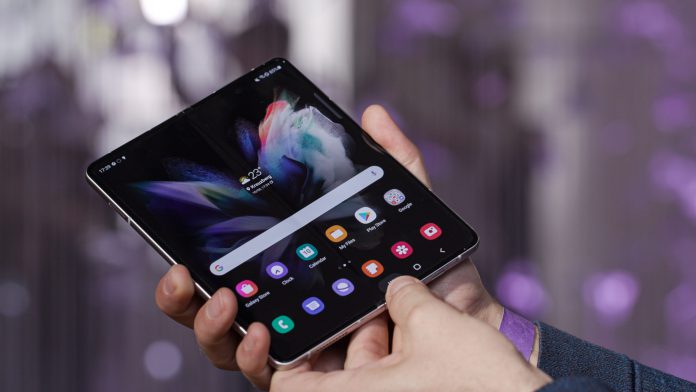The Samsung Galaxy Z Fold 3 has run android oneui 3.1.1 customization since its launch on August 27. The Samsung interface version is exclusive to Fold and Flip models, and is important because it brings Flex mode.
- Read also: One UI 4.0 beta: 3 highlights from Samsung’s next update
In addition to showing the features of the foldable phone, what is the practical usefulness of Flex mode and are usage scenarios really relevant to people? Spoiler: not really, but it’s a bit like the 120 Hz versus 90 Hz debate, once you get used to the novelty has difficulty going back.
Summary:
- Flex View, turning your Samsung Galaxy Z Fold 3 into a mini laptop
- Continuous display to switch from tablet to mobile in a more or less intuitive way
- Flex Labs, brute force to adapt apps to the interface
- Conclusion
Flex View, turning your Samsung Galaxy Z Fold 3 into a mini laptop
Flex mode of the OneUI 3.1.1 interface to adapt to the angle at which the Galaxy Z Fold 3’s screen is folded. More precisely, since the Z Fold 2, Samsung’s foldables are able to recognize when the screen is tilted between 75 and 115 degrees.
This allows certain applications to be used with the screen partially open in two ways. On the one hand in “laptop” mode using the dual internal screen (the main screen) and on the other hand in “tent” mode using the external screen (see below, over the continuous screen). Here, we will see the laptop mode.
- Read also: These are the best Samsung phones to buy in 2021
In practice, when you use an app on the main screen (which you fold), you can tilt one of the two panes to enable Flex View mode. In this way, the main information will be displayed in the top panel while the bottom will host the controls of the application or keyboard, etc…















